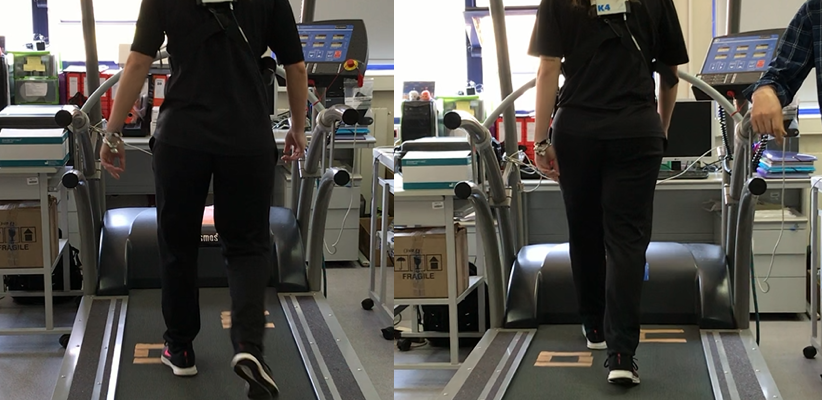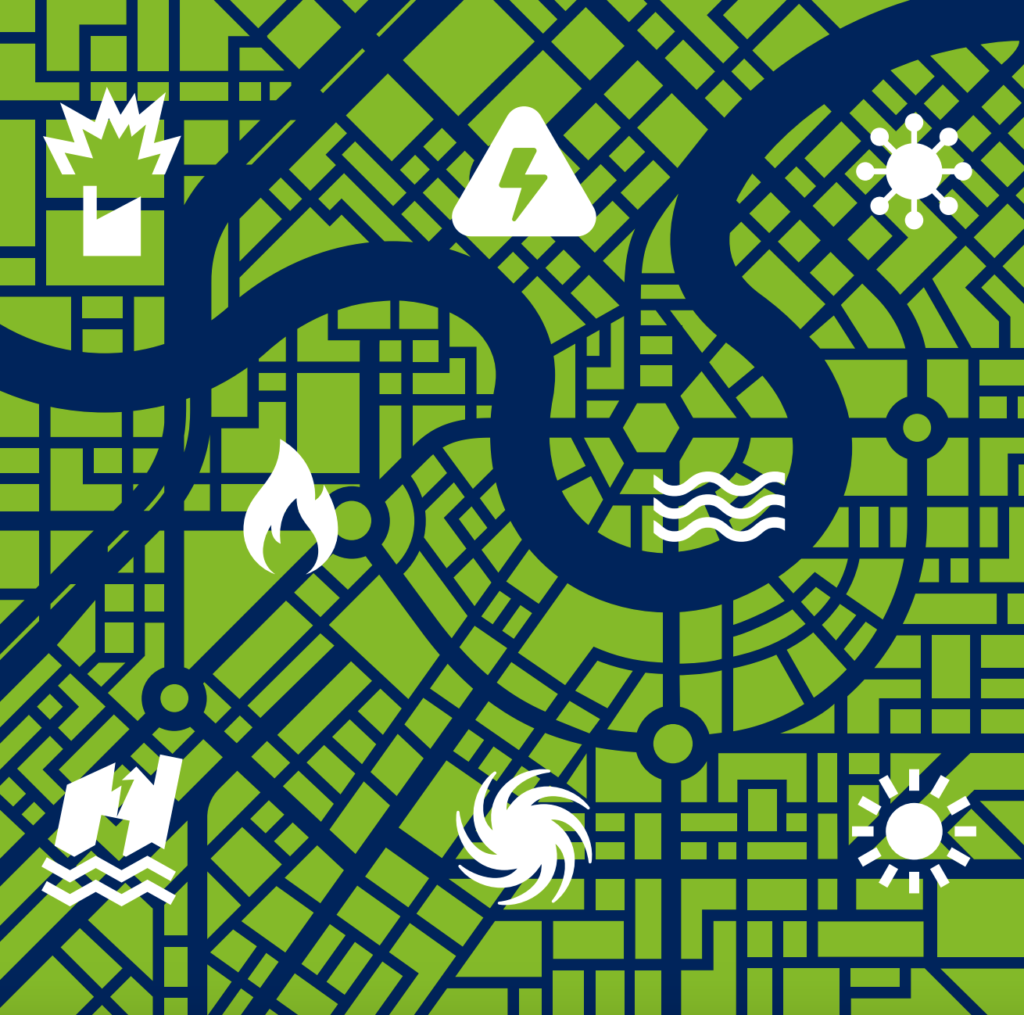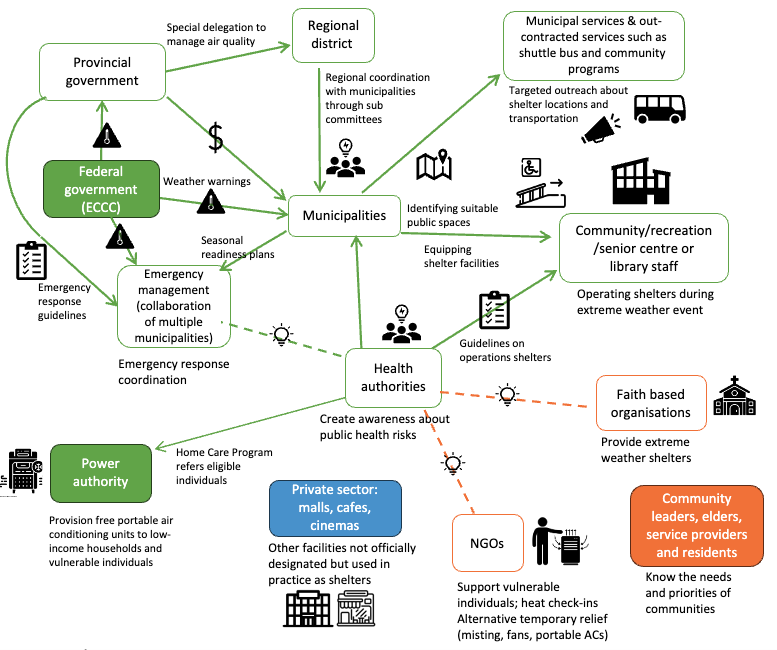City Know-hows

Target audience
City authorities, urban designers, landscape architects
The problem
The range and variety of movement has been and is being eliminated from urban environments. These are often designed for lowest level of agility and ability, even where there is enough space to provide other more challenging options. A lack of opportunities and nudging of people to exercise as a separate activity from everyday walking is leading to inactivity pandemic resulting in cardio-respiratory problems.
What we did and why
To bridge the gap between physiological theory and the application in urban design, we designed a combination experiment. This included 26 participants walking on a plain treadmill in a laboratory, and then stepping stone imitations at the same speed. Physiological data was collected and compared using a heart rate monitor and a breath-by-breath metabolic system. This was supplemented by a questionnaire about body reactions and likelihood to perform a similar exercise in a life situation.
Our study’s contribution
This study adds a new criteria to consider designing urban landscapes. It supportes opportunities and encouragement for ‘moderate exercise’ (increasing breathing and heart rate) to help make the population healthier.
Impacts for city policy and practice
New criteria can be applied through adding steppingstones to public realm, creating adventurous landscapes in parks and boulevards, without affecting accessibility. We must reconsider the balance between risk of falling now; and health deterioration over years.
Further information
Anna Boldina – Active urbanism research and design: Landscape design research encouraging physical activity
Full research article:
Active urbanism: heart rate and oxygen consumption comparison when walking on imitation steppingstones versus a plain surface by Anna Boldina, Henry C. Chung, Amândio Manuel Cupido Santos & Koen Steemers
Related posts

Our study analyzes the impact of COVID-19 on Hong Kong’s progress towards achieving the Sustainable Development Goals. The study identifies four SDGs that stood out with significant impacts from the pandemic. We offer valuable and transferable insights for policymakers and stakeholders involved in pandemic recovery and sustainable development efforts.

As emerging challenges have made urban areas increasingly vulnerable, jeopardizing the health and well-being of their inhabitants, resilience should be seen as a pathway for healthy cities and integrated into urban planning practices. This study shows if and how existing indicator frameworks can identify urban systemic vulnerabilities and priorities for resilience building to provide local authorities with evidence crucial in planning for healthy and resilient cities.

Extreme heat and wildfire smoke are a growing concern in cities. Cooling and cleaner air centres can provide a much-needed respite but too often they’re set up reactively and inconsistently. Our study explores what works, what doesn’t, and how cities can design these spaces to be reliable, inclusive, and accessible for all.